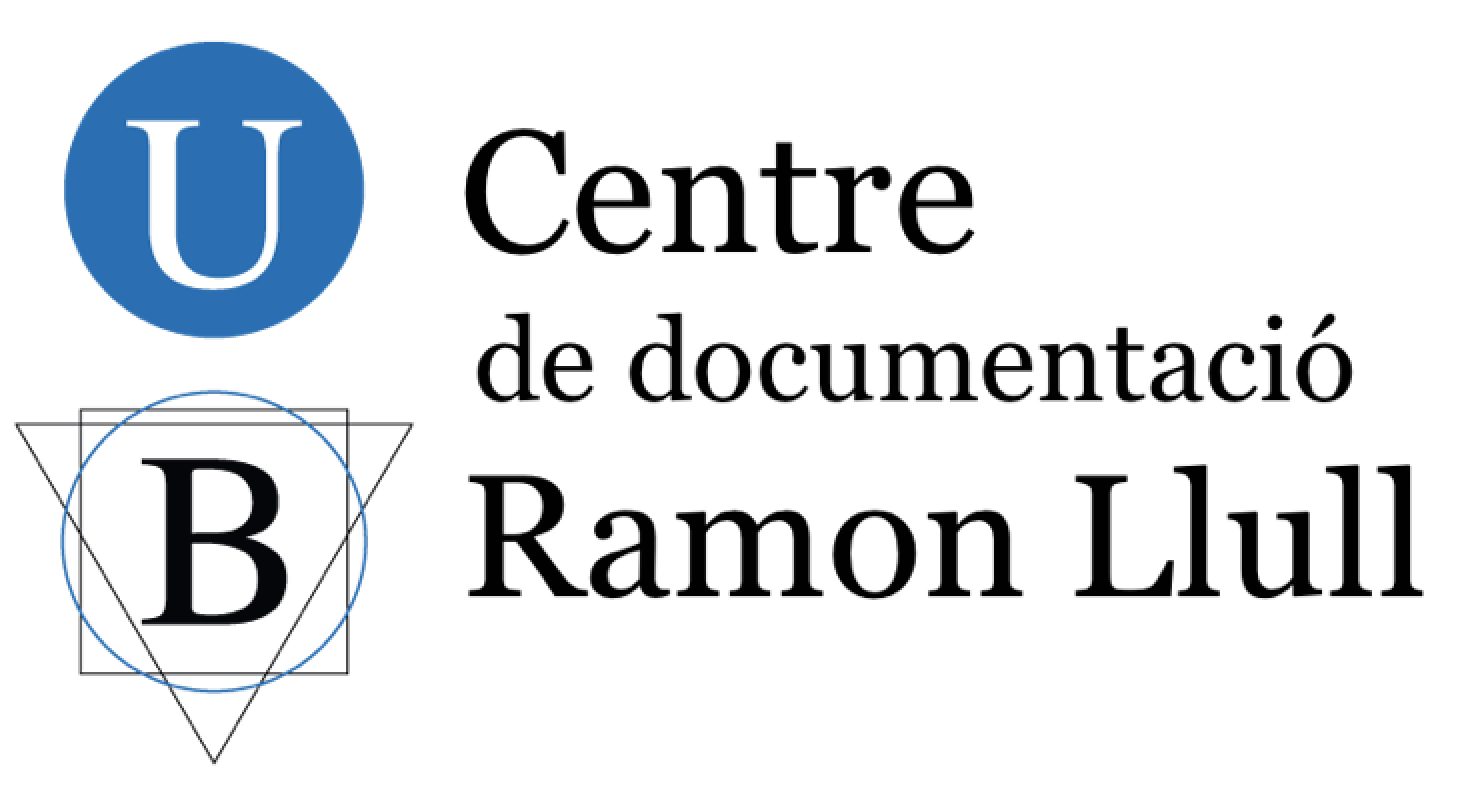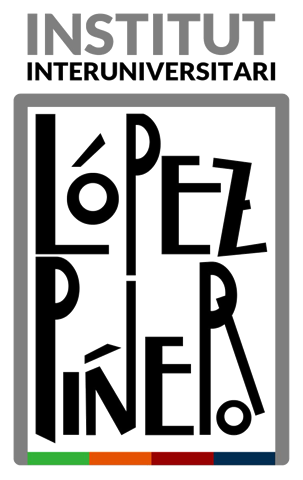|
Darrera modificació: 2025-05-18
Bases de dades: Sciència.cat
Roberg, Francesco, Antidotarium Nicolai: Studien zu Textgestalt, Werkbildung und Überlieferung, mit synoptischer Arbeitsedition, Florència, SISMEL - Edizioni del Galluzzo (Micrologus Library, 128; La Scuola Medica Salernitana, 11), 2025, ix + 582 pp.
- Resum
- Das Antidotarium Nicolai ist das wirkmächtigste Antidotar des Mittelalters und der frühen Neuzeit. Der Text ist in nahezu alle Volkssprachen Europas wie auch ins Hebräische und Arabische übertragen und bereits 1471 gedruckt worden. Die lateinische handschriftliche Überlieferung dürfte im vierstelligen Bereich liegen. In krassem Widerspruch zu seiner Bedeutung ist der Stand der Erforschung des Textes, der als äußerst mangelhaft zu charakterisieren ist. Das beginnt mit der völlig unklaren Textgestalt auf Detail- und Gesamtebene, setzt sich mit den Problemen rund um Autorschaft, Entstehungszeitpunkt und -ort fort und mündet schließlich in Fragen nach der konkreten Bedeutung einzelner Teile und der Umsetzung der in ihnen genannten Bestimmungen in die Praxis. Der vorliegende Band geht diesen Fragen nach, interpretiert die einzelnen Teile des Textes und setzt sie mit anderen Produkten der sogenannten Medizinschule von Salerno in Beziehung. Erstmalig erklärt er schlüssig sein kompliziertes medizinalmetrologisches System, das ganz außergewöhnliche Einblicke erlaubt, und verfolgt die direkt im Anschluß an den Beginn der Überlieferung (Normalform) einsetzende Verformung und Reorganisation des Textes, die geradezu als Charakteristikum des Antidotarium Nicolai zu gelten hat. Als deren Ausfluß entstehen nicht nur völlig unterschiedliche Überlieferungen des Textes selbst, sondern, parallel dazu und auf der Grundlage seiner textlichen Zerklüftung, Elemente sekundärer Funktion, die sich an das Antidotarium Nicolai anlagern und als Funktionserweiterung des ursprünglich Intendierten einerseits wie auch als Reaktion auf veränderte Verhältnisse auf der anderen Seite aufgefaßt werden können. Der Band bietet überdies eine tabellarische Übersicht über die textlich-strukturellen Kennzeichen der Normalform wie auch eine Arbeitsedition auf der Grundlage von zwei ausgewählten und repräsentativen Textzeugen.
---------
L'Antidotarium Nicolai és l'antidotari més important de l'Edat Mitjana i de l'època moderna. El text es va traduir a gairebé totes les llengües vernacles europees, així com a l'hebreu i l'àrab, i va ser imprès ja el 1471. La tradició dels manuscrits llatins probablement se situa en el rang de quatre dígits. En marcat contrast amb la seva importància hi ha l'estat de la recerca sobre el text, que es pot qualificar d'extremament inadequat. Això comença amb la forma canònica del text, completament poc clara a nivell de detall i, en conjunt, continua amb els problemes relacionats amb l'autoria, el temps i el lloc de creació i finalment condueix a preguntes sobre el significat concret de les parts individuals i la implementació pràctica de les disposicions que s'hi esmenten. Aquest volum explora aquestes preguntes, interpreta les parts individuals del text i les relaciona amb altres productes de l'anomenada Escola de Medicina de Salerno. Per primera vegada, explica el seu complicat sistema medicometrològic d'una manera coherent, que permet conclusions força extraordinàries, i traça la deformació i reorganització del text, que comença directament després de l'inici de la transmissió de la forma canònica, que es pot considerar una característica de l'Antidotarium Nicolai. Com a resultat, no només sorgeixen tradicions completament diferents del text en si, sinó que, paral·lelament a això i sobre la base de la seva fragmentació textual, sorgeixen elements de funció secundària que s'adjunten a l'Antidotarium Nicolai i es poden entendre com una extensió de la funció del que es pretenia originalment, d'una banda, i com una reacció a les circumstàncies canviants, de l'altra. El volum també ofereix una taula general de les característiques textuals i estructurals de la forma canònica, així com una edició de l'obra basada en dos testimonis textuals seleccionats i representatius.
- Matèries
- Medicina - Farmacologia
Fonts
Llatí
Edició
- Notes
- Informació de l'editor
 . .
- Conté edicions de
-
|



